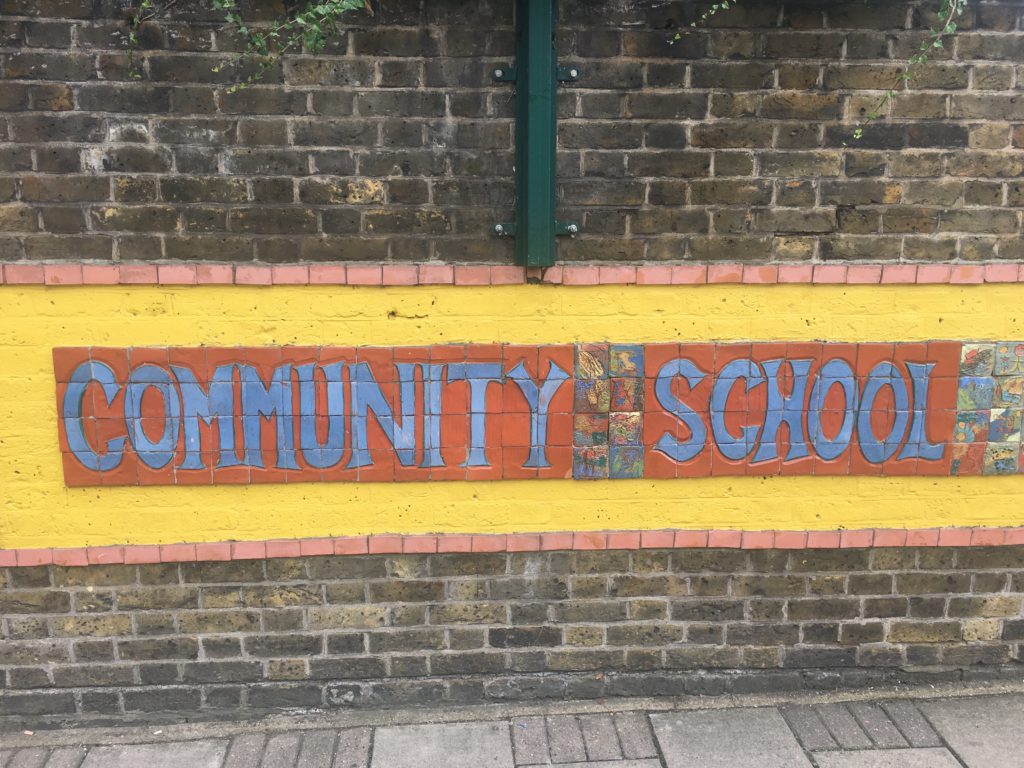Greater London will need an additional £1bn from national government in the three years to 2022/23 if it is to meet growing demand for school places, according to estimates by London Councils, the cross-party organisation representing the capital’s 33 local authorities, in its latest annual Do the Maths report.
Current projections anticipate a shortfall of 63,710 primary and secondary places by that time, although a small overall fall in applications for reception class places for the school year just begun indicates that the total shortfall will be less than previously expected. The report calculates that London’s 32 boroughs will receive only around £600m between 2017/18 and 2019/20.
The drop in reception applications of 3.3% is attributed to a combination of a fall in birthrate between 2012 and 2013, high housing costs both increasing the amount of outward migration from the capital and reducing the amount incoming, and a possible early impact of the EU referendum result.
However, demand for secondary school places is expected to rise by 36,335, as the “wave of additional pupils entering primary schools over the last decade” reaches secondary school stage and is projected to rise as high as 9,417 for 2022/23 itself. Extra demand for primary places to that year is estimated to be 27,376, falling steadily from 6,290 this year to just over 3,000 in 2022/23 (see graph below).
 London Councils calls on the government to provide the additional £1bn through a combination of increased “basic need” funding, which it says currently meets only 56% of costs incurred by boroughs with the rest coming from their general funds, from borrowing and contributions by property developers, and by ensuring new Free Schools are set up in the right areas of the capital.
London Councils calls on the government to provide the additional £1bn through a combination of increased “basic need” funding, which it says currently meets only 56% of costs incurred by boroughs with the rest coming from their general funds, from borrowing and contributions by property developers, and by ensuring new Free Schools are set up in the right areas of the capital.
London currently has 11 Free Schools, more than any other English region. “Given the current financial climate, it is vital to ensure that education funding is invested where it is most needed,” the report says, and urges the government’s Education and Skills Funding Agency “to work closely” with councils in London to ensure that “classrooms are not left half empty due to a surplus of school places in a certain area” and that new schools are not at risk of closure due to limited demand, as happen with Southwark Free School earlier this year.
The report stresses that these pan-London figures partly conceal variations within Greater London, with expected undersupply of places tending to be greater in the east and south-east, though secondary provision is also expected to be particularly low in some Outer London boroughs in the west. Moreover, major new housing developments can create localised demand hotspots.
The report also says that boroughs’ endeavours to increase the numbers of places in existing local schools have been hampered in several cases by their refusal to do so, particularly academy schools, which come under the control of central rather than local government. It asks that Regional School Commissioners, who act on behalf of the government to improve schools deemed to be underperforming, to be empowered where necessary to direct academies to expand.
There is also a stress on the increasing proportion of the demand for school places for pupils with special educational needs and disabilities, which the report says has risen by 22% in London since 2010.
Read the London Councils Do The Maths 2017 report in full here.

